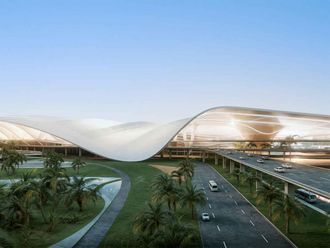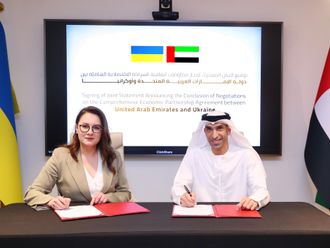Despite the popular global assumption that the majority of Dubai’s real estate stock and transaction volumes are concentrated in the prime/luxury end of the market, this sector represents just a small portion of the residential market. In fact, only 3 per cent of all residential transactions in 2017 were concluded within this segment.
This may come as a surprise given Dubai’s image as an expensive metropolis with a robust luxury property market. But it is less paradoxical when one considers the large amount of stock that has transacted in the mid- and affordable segments over the past 12 months, overshadowing the prime market that just a few years ago was firmly in the limelight.
In any anomaly one may find opportunity. however, as the market continues to be flooded with new stock in the lower end, the prime/ultra-prime segment may provide better prospects for investors in the coming few years.
Prime and ultra-prime property prices in Dubai are now among the lowest of any comparable global hub. This stance is further intensified by the varied level of price softening witnessed over the last three years across all segments of the market. Prime properties in Dubai are approximately 40 per cent less expensive than Singapore and 50 per cent less than Moscow and Paris.
Dubai’s ultra-prime market is also relatively inexpensive compared to the likes of Shanghai and Tokyo, with average prices almost 60-70 per cent lower, and presents excellent value against prices per square metre in London and New York.
The long-term investment potential in Dubai’s prime segment is reinforced by a nominal tax regime and notably low real estate investment costs. These costs — associated with buying, holding and selling property — can detract significantly from an investment and essentially erode the attractiveness of an asset.
Cities such as Hong Kong carry investment costs of approximately 32 per cent, while costs in Singapore and Tokyo are nearly 20 per cent, representing an additional charge equivalent to almost a quarter of the value just to buy, sell or hold property. With notably low buying and selling fees, and almost no holding charges, investment costs in Dubai amount to just 8 per cent — comparable to Shanghai and Mumbai.
Although these costs are often overlooked by investors, they have a significant impact on any comparison of prospective investment yields in different cities across the world.
The trickle-down effects of continued low oil prices, a strong US dollar and continued geopolitical turbulence have collectively cast a significant dent in the absorption levels in prime stock. However, the upcoming supply pipeline is modest in this sector, with most new stock concentrated in the low-to-mid market segment — an upsurge created on the back of projected demand from Expo 2020.
Given Dubai’s position as a global tourist destination and regional economic hub within five hours flying time of around one third of the world’s population, strong underlying demand for prime and ultra-prime properties is expected to be sustained in the long run.
As the market expands and continues to mature, gaining depth and liquidity in line with population growth, it is likely that demographic pressures will continue to mould the cityscape in a way that accentuates the pull of core areas. These “city centres”, shaped by demographics just as much as by master planning, will also see natural price appreciation driven both by desirability and spatial limitations.
Prime and ultra-prime segments will be the direct beneficiaries of this in terms of price appreciation and stability, although it will also likely trigger further yield compression, positioning Dubai on a par with other global hubs.
At the other end of the spectrum, in most outer areas that are being flooded by lower-priced projects and are free of land constraints, even optimistic demographic growth will be insufficient to drive notable midterm price appreciation, creating a widening gap with prime and ultra-prime prices in central areas.
The writer is the CEO of Core Savills.












